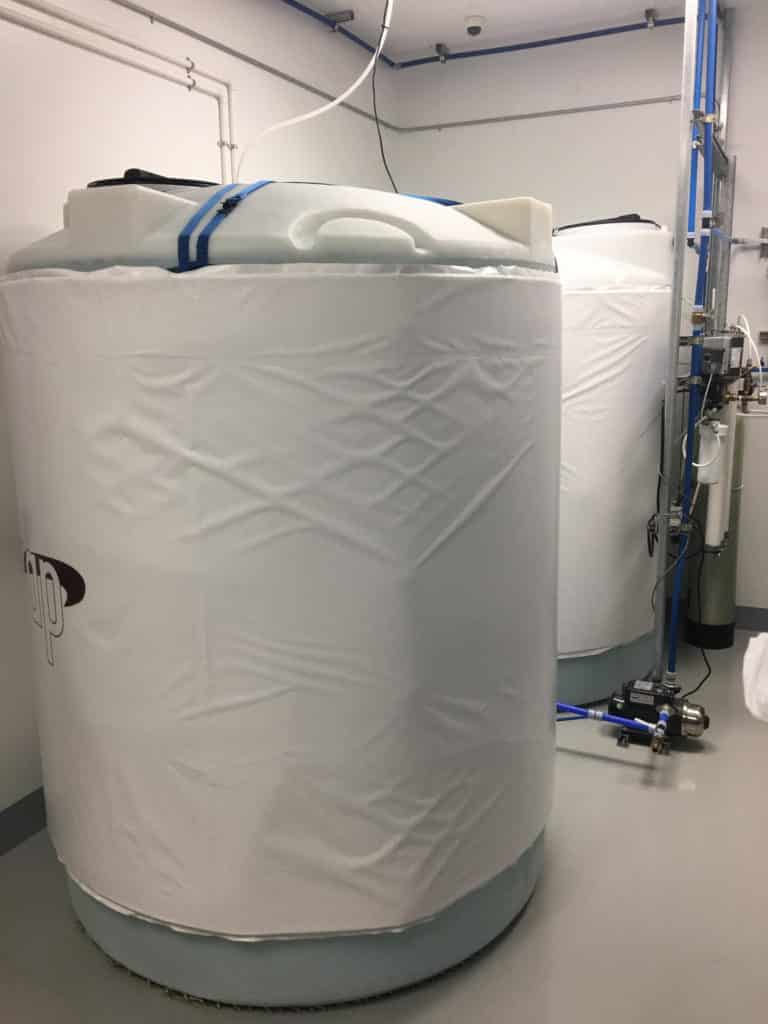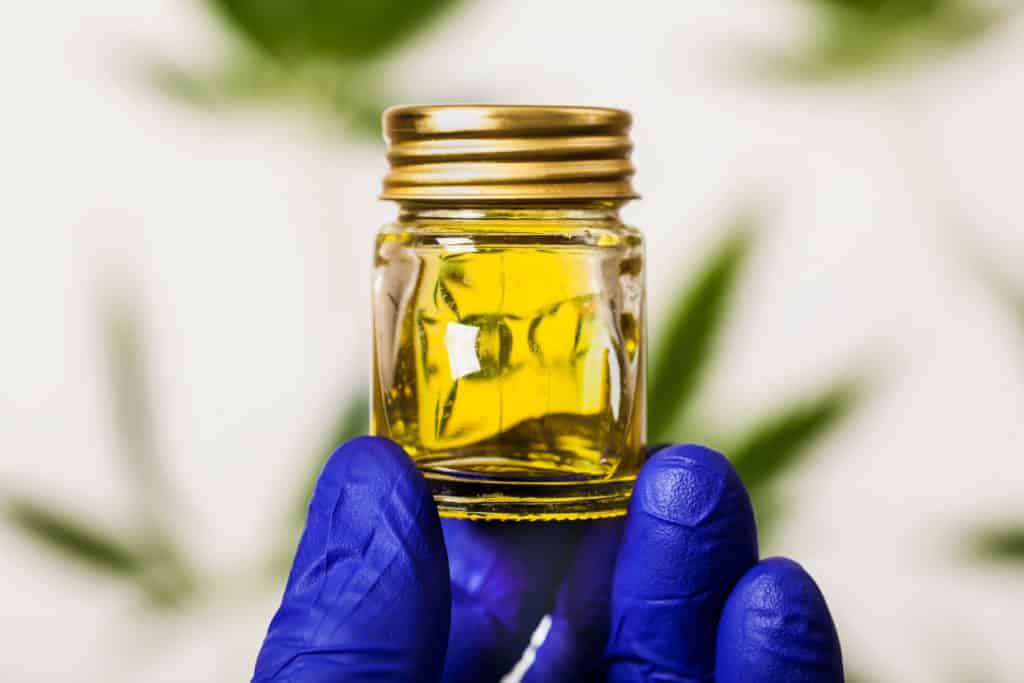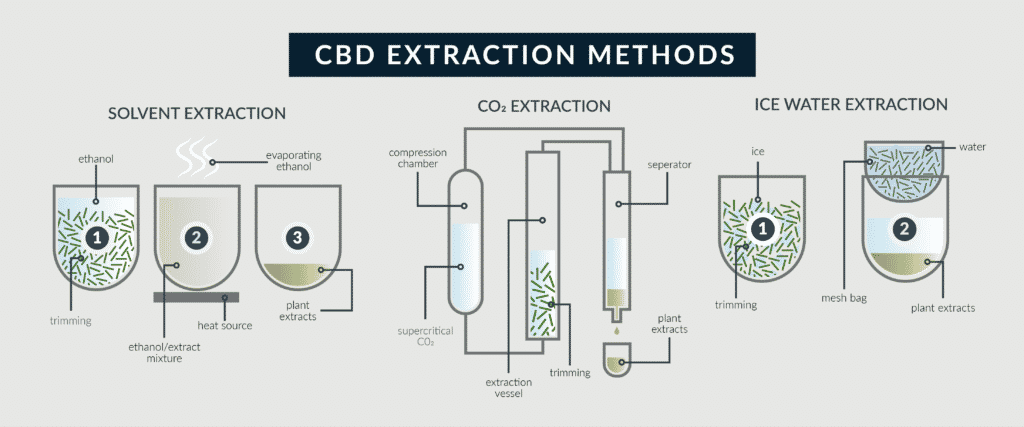When it comes to growing cannabis, hydroponics is an attractive option for growing high-quality buds. A hydroponics setup tends to produce plants quickly (relative to traditional growing methods) and can be used in just about any sized space. Additionally, utilizing hydroponics in cannabis production allows growers to precisely control the nutrients the plants are receiving; this, in turn, can result in bigger, healthier, and more potent buds. A higher value, some might say.

Setting Up Your Hydroponic System
A quick Google or YouTube search will produce plenty of info on how to set up a hydroponics growing system. Here are just a few tips for setting up your hydroponics cannabis garden:
Sterilize Your Equipment
This isn’t a huge concern if you’re using brand new equipment; however, if your equipment is second hand or has been used before, taking time to sterilize it can prevent the growth of pathogens that can destroy your marijuana.
- Watch Your Water!
Water is what carries those precious nutrients to your cannabis plants. Closely monitoring your process water will help you achieve maximum yield. Two key measurements to look at are pH and Electrical Conductivity (EC). Measurements for pH and EC as well as temperature should be taken at least two times daily.

pH Levels
As mentioned earlier, a pH level between 5.5 and 7 is ideal for growing cannabis; this provides a good environment for the roots to absorb nutrients. pH is measured using litmus strips or a pH meter.
EC
An EC reading measures how strong a solution is (how mineral-rich water is). An EC measurement between 0.8 and 2.0 is appropriate for cannabis plants. EC is measured using an EC probe.
Temperature
A water temp of about 65 F/ 18 C provides good nutrient absorption and prevents algae growth.
- Don’t be afraid to use support

Marijuana grown via hydroponics may not have as much support as plants grown in soil and could be prone to breaking. A simple solution is trellising; trellising plants provides support and helps plants to grow a certain direction.
- Know Your Nutrients
All plants, including marijuana, have very specific nutrient requirements. Familiarizing yourself with them will help you stay on top of things as you work to provide your plants with an optimal nutrient solution.
Macronutrients
The primary, or “macro”-nutrient requirements for plants are: Nitrogen (N), Potassium (K), and Phosphorus (P)
Micronutrients
Additionally, plants require secondary, or “micro”-nutrients. These include Boron, Calcium, Copper, Iron, Magnesium, Sulfur, and Zinc .
Nutrient Solutions for Hydroponics
Nutrient solutions come in either a premixed or powder form, and provide the necessary macro and micronutrients. Premixed options are a bit more fail-safe, but with can be successfully used to grow cannabis plants hydroponically. There are many options used to deliver nutrients to the plants in the most effective way, including using clay pellets and the nutrient film technique (NFT), or the film technique. The idea of nutrient film distributes dissolved nutrients through a shallow stream of water directly to the roots of the plants. Special clay pellets help with the oxygenation of the water, improving nutrient absorption. Although these methods are often used for faster growing crops, using clay pellets and the nutrient film technique are great examples of the various ways you can optimize your hydroponic growing setup.
- Light it Up!
The right grow light fixture for your hydroponics setup depends on space, distance between light and plants, and your budget. Whatever you decide to use, the fixture should produce light in amounts between 400- 700 nanometers (an inexpensive light meter can help you measure this).

Hydroponics grow lights typically use one of the following types of bulbs:
- High Intensity Discharge Lights (HID)-This lighting is better for larger grow rooms with good ventilation.
- Compact Fluorescent Lights (CFLs)– These are fairly inexpensive and good for smaller rooms.
- Light Emitting Diode (LED)- LEDs are good for small areas but more expensive than CFLS
- Monitor Humidity and Air Flow
Humidity requirements vary for cannabis depending on the stage of growth. Young plants need 60-70%. Plants in the blooming phase require humidity levels of about 40%. Humidity levels can be adjusted using either a humidifier or dehumidifier as needed.
Maintaining proper ventilation and air flow aids in temperature distribution. Air temps should be kept at around 75 F.
Careful Process Temperature Control
As mentioned earlier, when growing marijuana hydroponically, it is best to keep the water temperature at around 65 F and the air temperature at around 75 F. These ideal temperatures will help cannabis plants absorb maximum nutrients. In especially warm climates, a process cooling solution may be required.

Fluxwrap from AG Optimists keeping a reservoir at a Marijuana farm cool
AG Optimists’ process chillers and extraction chillers take up minimal space within your current hydroponics cannabis setup, are almost effortless to install, and are made to order– that means your cooling solution can be custom tailored to fit the needs of you operation. If you’d like more info on what cooling solutions are available for your hydroponics setup, give us a ring at 541-610-6858 or shoot us an email at info@ag-optimists-llc.websitepro.hosting.


